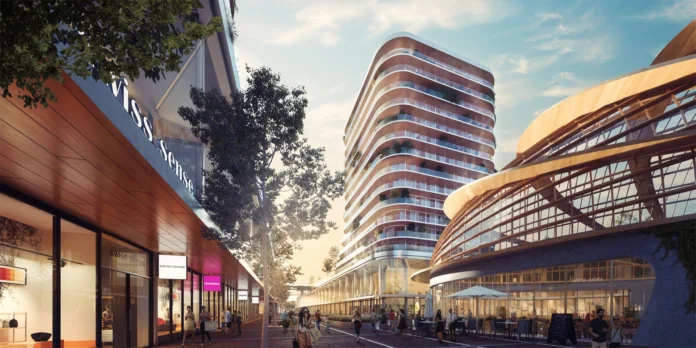
Introduction to 3D Real Estate Visualization
3D real estate visualization is a technology that has transformed the way properties are marketed and sold. By enabling architects, developers, and real estate professionals to showcase properties in a highly immersive and interactive manner. They bring visual, quantitative, and objective explanations of future investments. 3D rendering technology has influenced property marketing by enhancing corporate value through improved visual presentations and client engagement.
Gone are the days of static technical plans and simple mood boards. With 3D visualization services, real estate developers can leverage property 3D renderings for better investment presentations, including virtual tours, architectural animations, and VR solutions. These real estate visualizations can be seamlessly integrated into property marketing materials such as websites, social media, and print brochures, providing potential buyers with a richer, more engaging experience.
The impact of commercial architectural 3D rendering services on property marketing is profound. By leveraging this technology, real estate developers can increase engagement, drive more leads, and ultimately close more deals. The ability to present properties in such a dynamic and interactive way not only captivates potential buyers but also helps them make more informed decisions, enhancing the overall sales process.

Welcome to the New Showroom: 3D Tech Hits Real Estate
In today’s era of virtual shopping, real estate follows suit. Traditional listings are being outshined by innovative 3D visualization tools that transform how properties are showcased, turning immersive experiences from a luxury into a necessity. The property market is driven by the increasing expectations of buyers who crave richer, more immersive experiences of project presentations from the comfort of their homes.
The outcome? Increased engagement, enhanced lead generation, and more sales can significantly impact the current market price of properties.
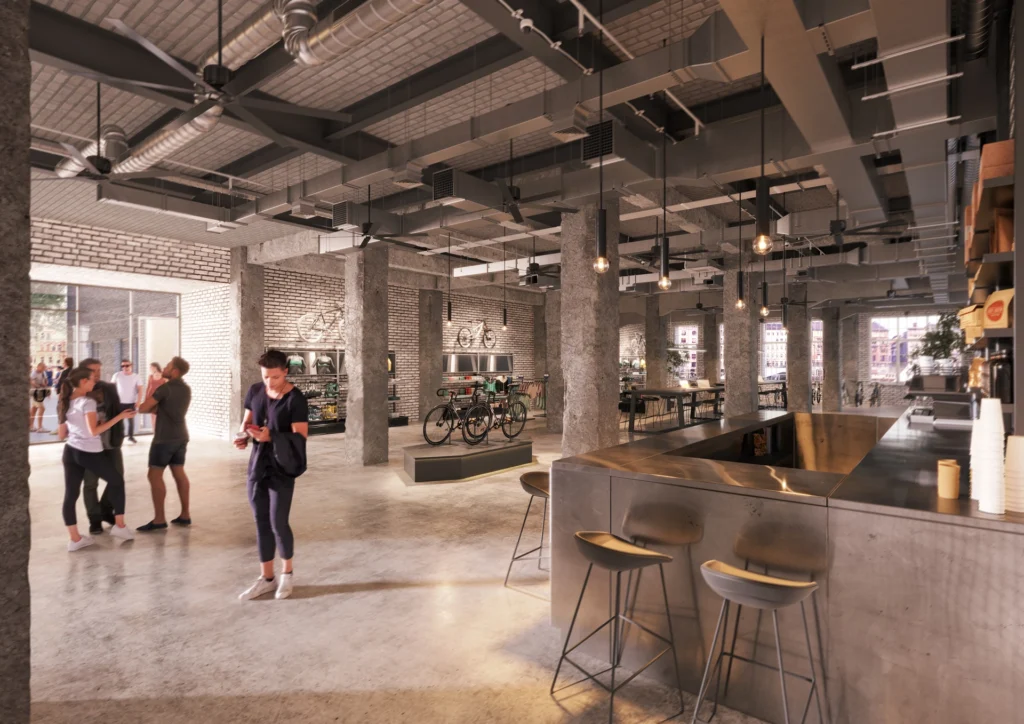
How 3D Real Estate Visualization Tools Supercharge Sales Funnels
3D visualization tools capture and sustain potential buyers’ attention, driving them to action. These tools actively maintain interest and foster interaction, key elements of an effective sales funnel.
These tools yield more qualified leads and reduce drop-offs. Clients and investors stay engaged when they can visualize future developments. Developers can then see a tangible return on investment and present it at general shareholder meetings or to private transactions clients. 3D real estate visualizations bridge the gap between concept and reality, but should not be considered professional or investment advice.
Architectural visualization has evolved from a buzzword into a proven sales strategy. By offering a clear picture of a property’s future, these tools help buyers make informed decisions, driving higher conversion rates and improving business operations.
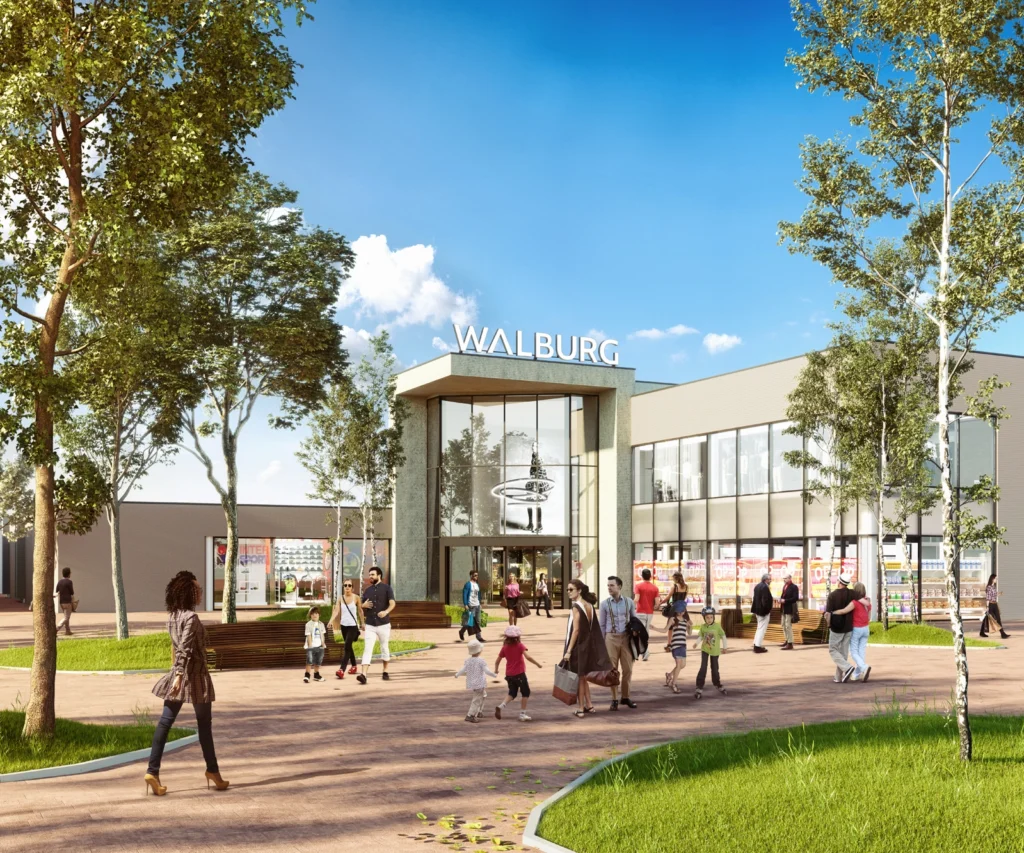
Are These Tools Just for Big Developers and Real Estate Professionals?
Many assume 3D visualization tools are exclusive to large developers with substantial budgets. In reality, small agencies and solo agents also leverage their own developments to necessarily represent their industry expertise in a competitive market.
Affordable options and plug-and-play platforms have democratized access to these advanced tools. Small agencies and solo agents can now provide visual experiences, leveling the playing field and enhancing marketing efforts. Smaller players can now compete on equal footing with a highly competitive company. This shift not only maximizes corporate value but also levels the playing field for all real estate professionals, regardless of the scale.
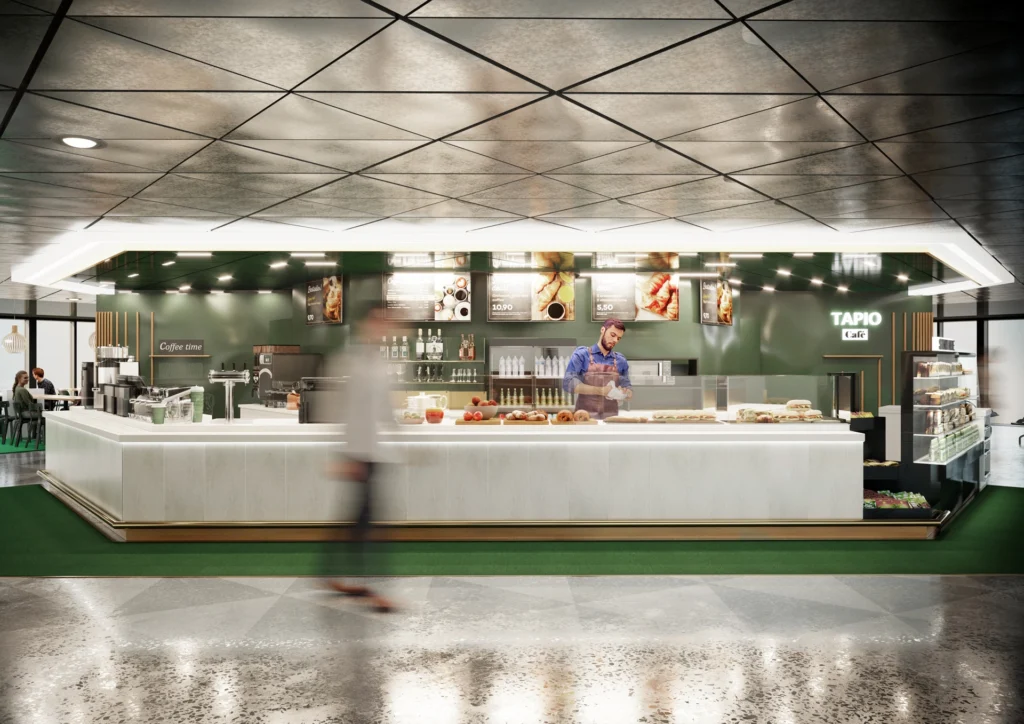
The Future of Real Estate Marketing is Visual Property Marketing
Real estate professionals can create compelling property presentations that captivate potential buyers. Selecting the most suitable tool for your property is crucial. Virtual tours, animations, and VR each offer distinct benefits. Knowing which fits your listing best can make a significant difference. Each tool plays a vital role in a comprehensive property marketing strategy.
Embracing these technologies can maximize corporate and shareholder value, create sustainable quality, and position properties as attractive investment opportunities, contributing to compound capital growth and effective capital allocation. The strategic direction is clear: enhancing corporate visual tools is the future of real estate marketing.
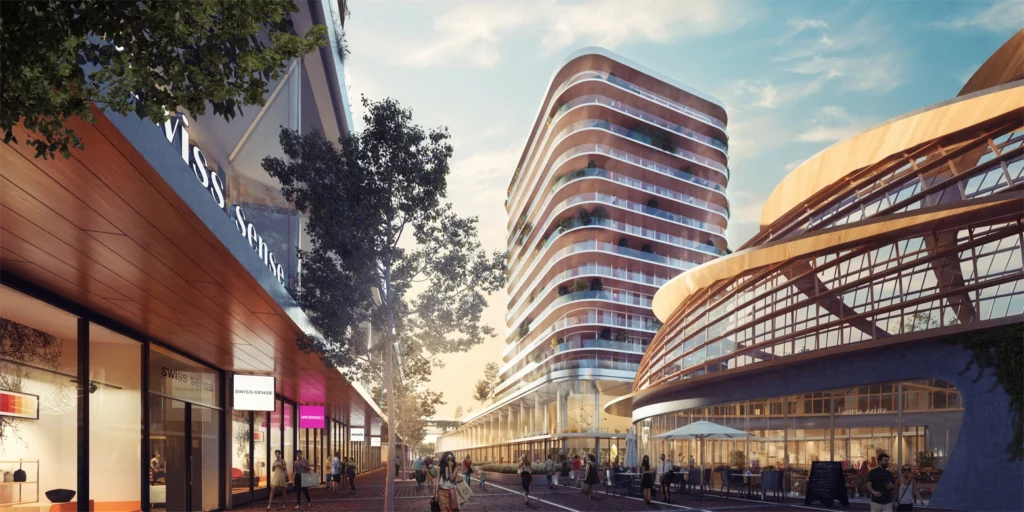
Virtual Tours, Animations, VR: What’s the Difference and Why It Matters
Understanding the differences between virtual tours, animations, and VR is crucial, as each offers unique benefits that can transform property marketing and sales. Let’s explore each of these tools in more depth to understand their significance.
#1 Virtual Tours: Turning Clicks Into Walkthroughs
Virtual tours offer an interactive experience where potential buyers can explore properties at their own pace. This interactivity is crucial for maintaining buyer engagement and interest.
Interactive exploration through 360-degree views helps buyers feel more connected to a property, increasing the likelihood of inquiries or purchases. Virtual tours convert clicks into immersive walkthroughs, providing a more satisfying experience for potential buyers, ultimately leading to higher conversion rates and improved sales outcomes.

#2 3D Animations: Selling the Dream Before It’s Built with Architectural Animation
3D animations guide potential buyers through future projects, bringing properties to life even before they are built. Animations are especially effective for pre-selling off-plan properties. Visually stunning showcases allow buyers to better visualize the attractiveness of their investment opportunity, leading to higher pre-sale rates and securing low-cost financing for developers.
What’s more, they can be used as branding tools by using emotional storytelling through animations. Creating a narrative around the property taps into the buyer’s emotions, making the property more appealing and increasing the likelihood of a sale, which can lead to better conversions.
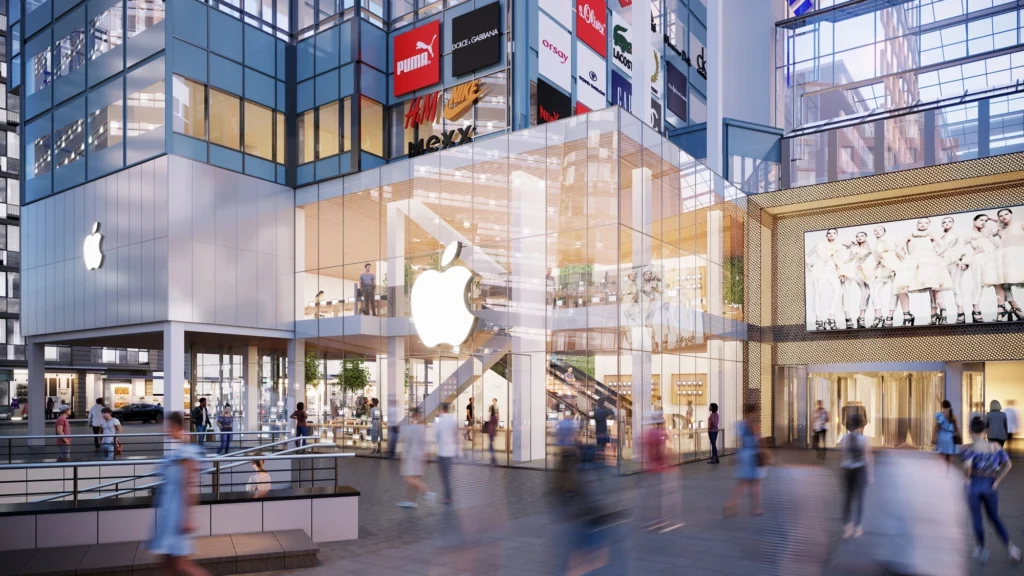
#3 Virtual Reality: Real Estate’s Next-Level Selling Tool
Virtual Reality (VR) provides an unmatched immersive experience. VR walkthroughs let potential buyers explore properties as if they were physically present, offering an edge in remote sales and international markets. VR speeds up closing deals by providing a comprehensive property view, reducing the need for multiple physical visits, which is particularly beneficial for buyers who can’t easily travel to the property location. Real estate agencies can leverage this advanced selling tool to enhance their property marketing strategies.

Final Take: Why 3D Isn’t Just a Nice-to-Have Anymore
In today’s visually-driven real estate world, 3D visualization tools have become essential. They offer a significant advantage, enabling real estate professionals to craft more engaging and effective property presentations.
Offering immersive experiences by stepping into the buyer’s shoes allows for more innovative and effective sales. Whether through virtual tours, animations, or VR, these tools significantly influence property marketing and sales.
Embrace the future of real estate marketing and leverage these 3D architectural rendering tools to enhance your sales strategies and achieve better outcomes.









